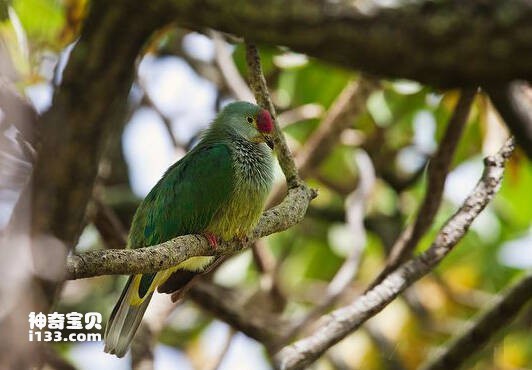
Ptilinopus insularis
Ptilinopus insularis,Henderson Fruit-dove,Henderson Island Fruit-dove,Scarlet-capped Fruit Dove
Its scientific name is Ptilinopus insularis, and its foreign names are Hende···
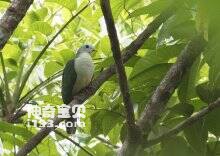
Ramphiculus subgularis
Ramphiculus subgularis,Banggai Fruit Dove
Banggai Fruit Dove (scientific name: Ramphiculus subgularis), no subspecies.···
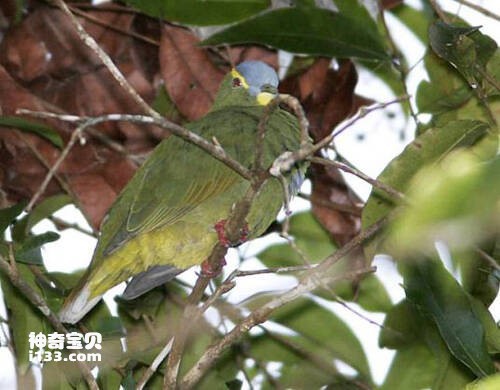
Ptilinopus monacha
Ptilinopus monacha,Blue-capped Fruit-dove,Blue-capped Fruit Dove
Its scientific name is Ptilinopus monacha, and its foreign names are Blue-ca···
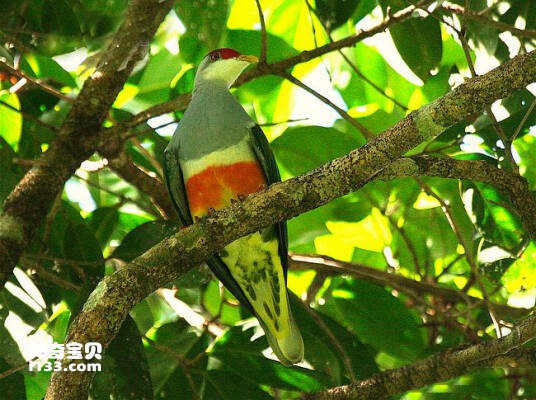
Ptilinopus wallacii
Ptilinopus wallacii,Wallace's Fruit-dove,Wallace's Fruit Dove
Scientific name Ptilinopus wallacii, foreign name Wallace' s Fruit-dove,···
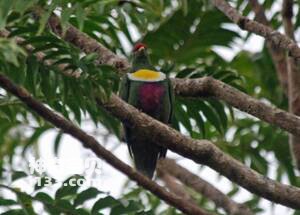
Ptilinopus rivoli
Ptilinopus rivoli,White-bibbed Fruit Dove
The behavior of the White-bibbed Fruit Dove (Ptilinopus rivoli) is unknown.P···
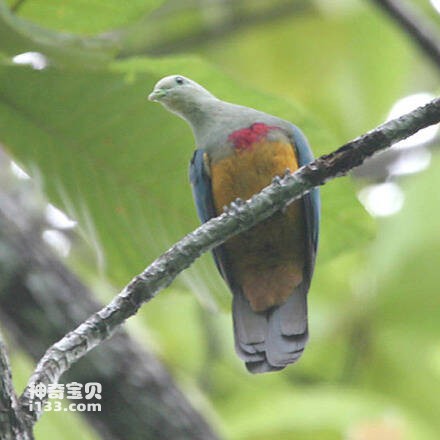
Ptilinopus bernsteinii
Ptilinopus bernsteinii,Scarlet-breasted Fruit-dove
Ptilinopus bernsteinii or Scarlet-breasted Fruit-dove is unknown.Listed in t···
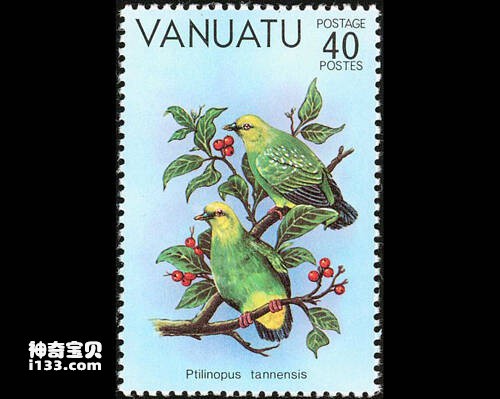
Ptilinopus tannensis
Ptilinopus tannensis,Tanna Fruit-dove
Ptilinopus tannensis and Tanna Fruit-dove are unknown.Listed in the Internat···
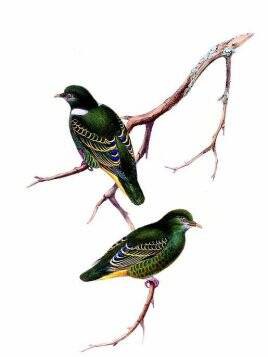
Ptilinopus nanus
Ptilinopus nanus,Dwarf Fruit-dove,Ptilinopus naina
Its scientific name is Ptilinopus nanus, and its foreign names are Dwarf Fru···
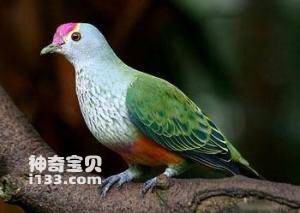
Ptilinopus regina
Ptilinopus regina,Rose-crowned Fruit-dove
The Rose-crowned Fruit-dove (Ptilinopus regina), with five subspecies, is a ···
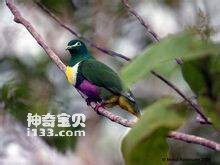
Ptilinopus solomonensis
Ptilinopus solomonensis,Yellow-bibbed Fruit Dove
Its scientific name is Ptilinopus solomonensis, and its foreign name is Yell···
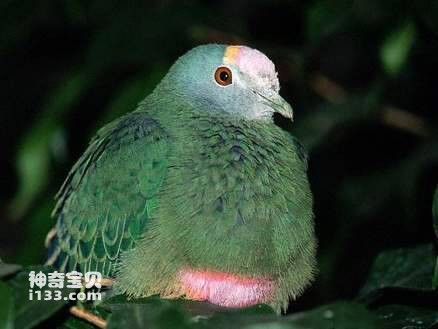
Ptilinopus richardsii
Ptilinopus richardsii,Silver-capped Fruit-dove
Its scientific name is Ptilinopus richardsii, and its foreign name is Silver···
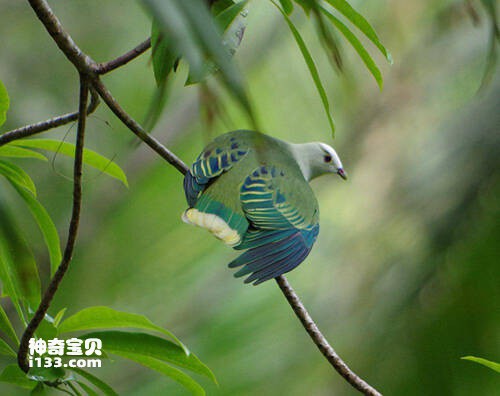
Ptilinopus dupetithouarsii
Ptilinopus dupetithouarsii,White-capped Fruit dove
Its scientific name is Ptilinopus dupetithouarsii, and its foreign name is W···
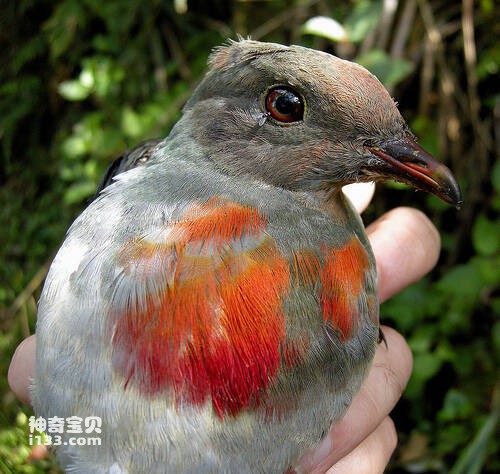
Ptilinopus marchei
Ptilinopus marchei,Flame-breasted Fruit-dove
Its scientific name is Ptilinopus marchei, and its foreign name is Flame-bre···
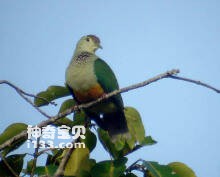
Ptilinopus fischeri
Ptilinopus fischeri,Red-eared Fruit-dove
Ptilinopus fischeri, also known as Red-eared Fruit-dove, feeds mainly on tre···
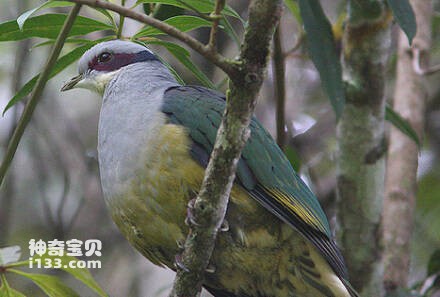
Ptilinopus fischeri
Ptilinopus fischeri,Red-eared Fruit-dove
His scientific name is Ptilinopus fischeri, and his foreign name is Red-eare···

Ptilinopus coralensis
Ptilinopus coralensis,Atoll Fruit-dove
Its scientific name is Ptilinopus coralensis, and its foreign name is Atoll ···
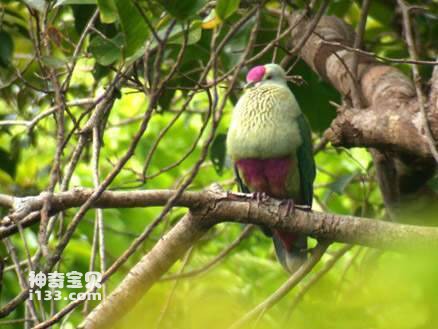
Ptilinopus greyii
Ptilinopus greyii,Red-bellied Fruit Dove
Its scientific name is Ptilinopus greyii and its foreign name is Red-bellied···
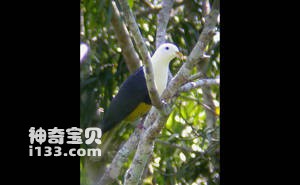
Ptilinopus cinctus
Ptilinopus cinctus,Banded Fruit-dove
Its scientific name is Ptilinopus cinctus, and its foreign name is Banded Fr···
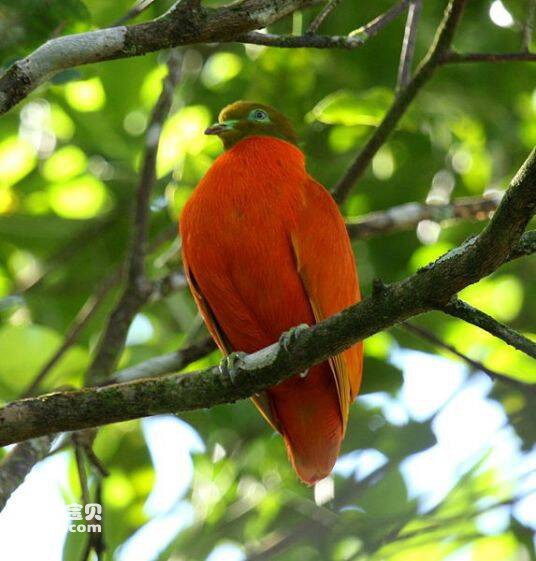
Ptilinopus victor
Ptilinopus victor,Orange Dove,Orange Fruit Dove
Its scientific name is Ptilinopus victor, and its foreign names are Orange D···
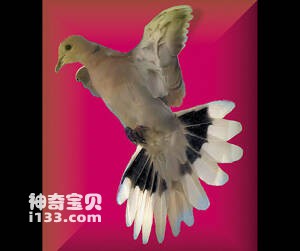
Ptilinopus layardi
Ptilinopus layardi,Whistling Dove
Its scientific name is Ptilinopus layardi, and its foreign name is Whistling···
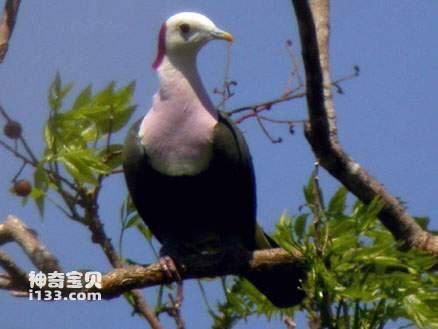
Ptilinopus dohertyi
Ptilinopus dohertyi,Red-naped Fruit-dove
Its scientific name is Ptilinopus dohertyi, and its foreign name is Red-nape···
